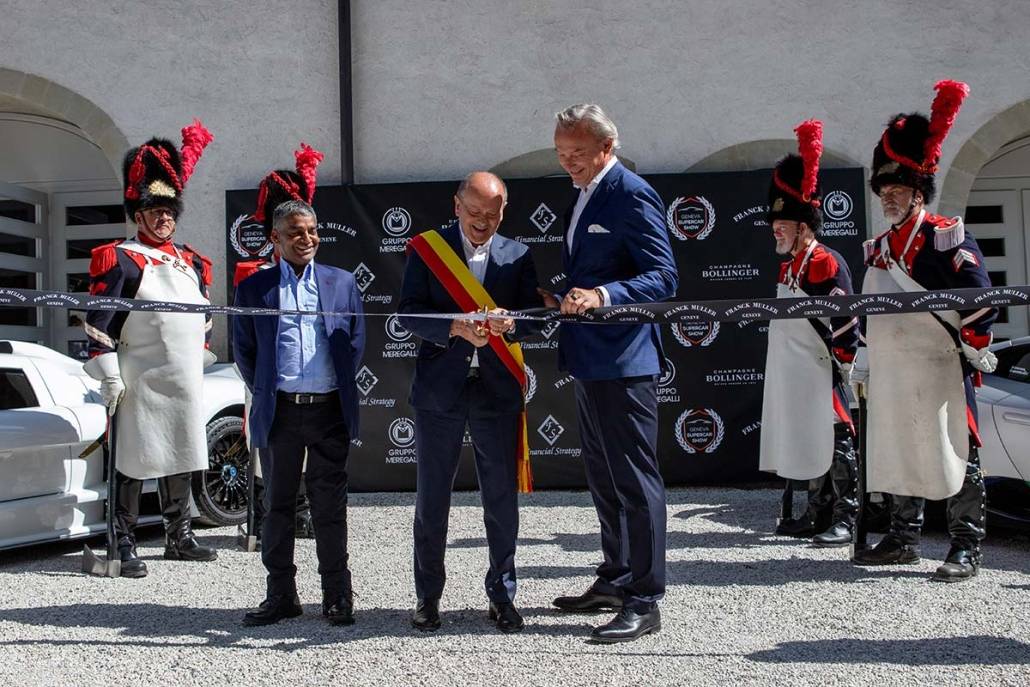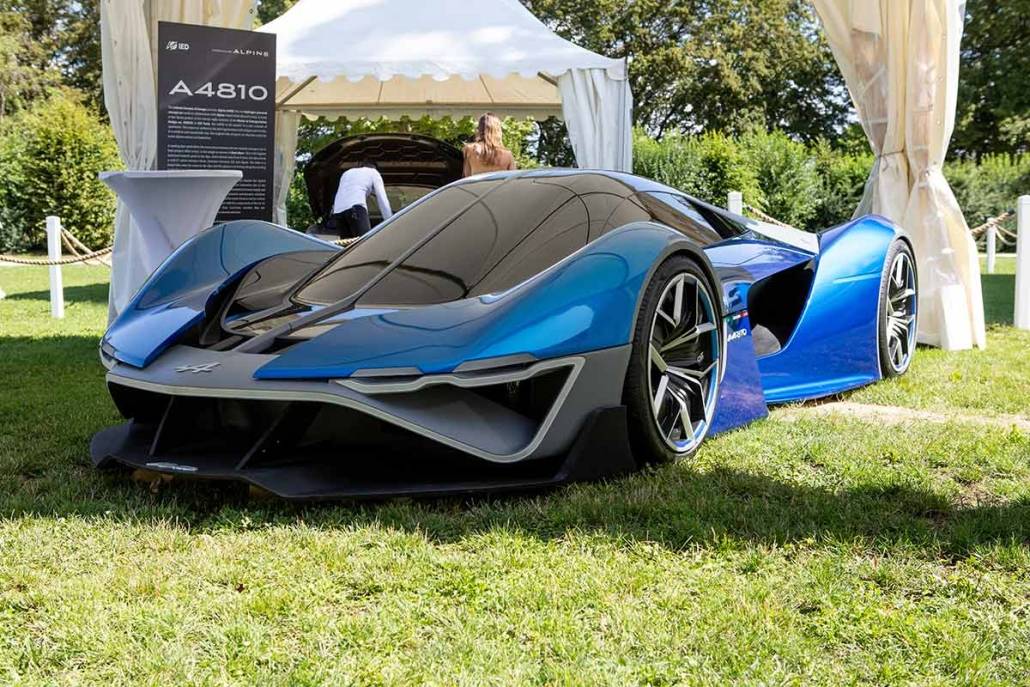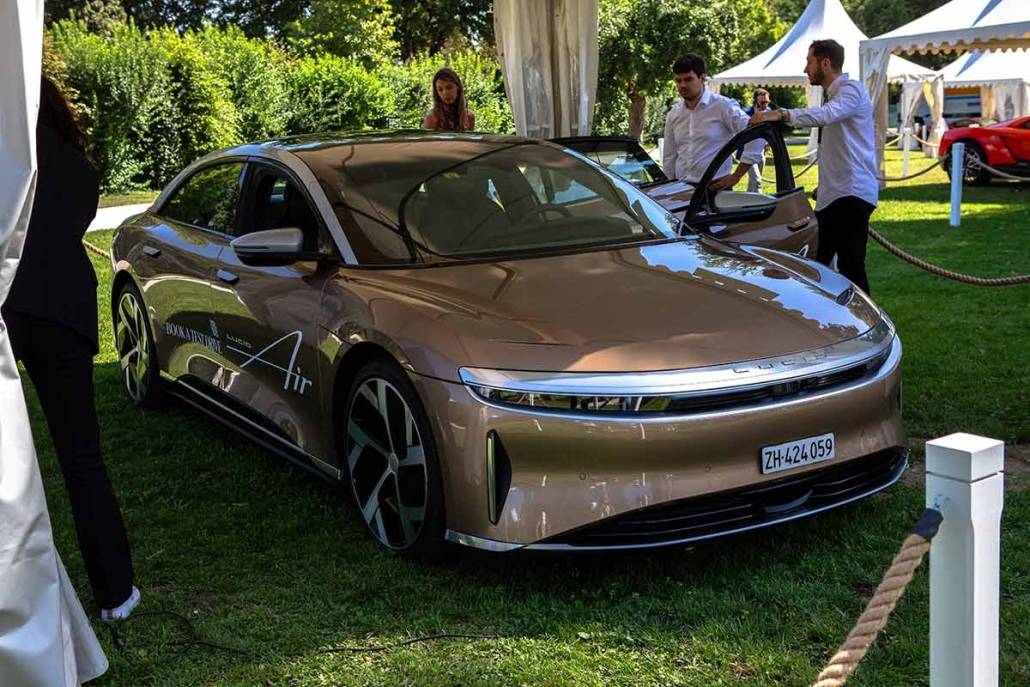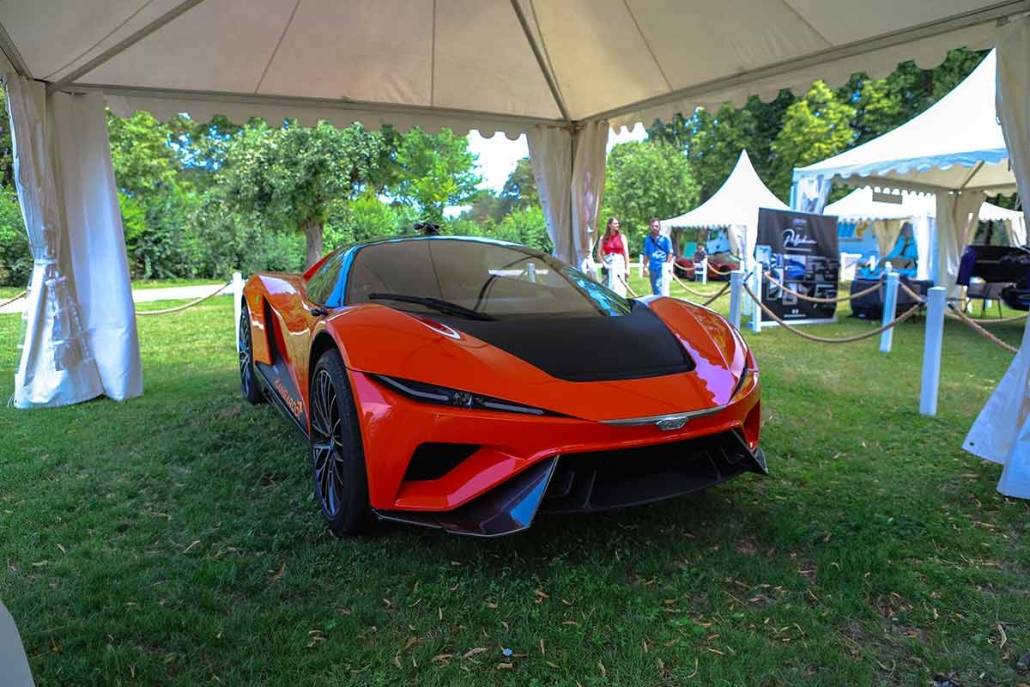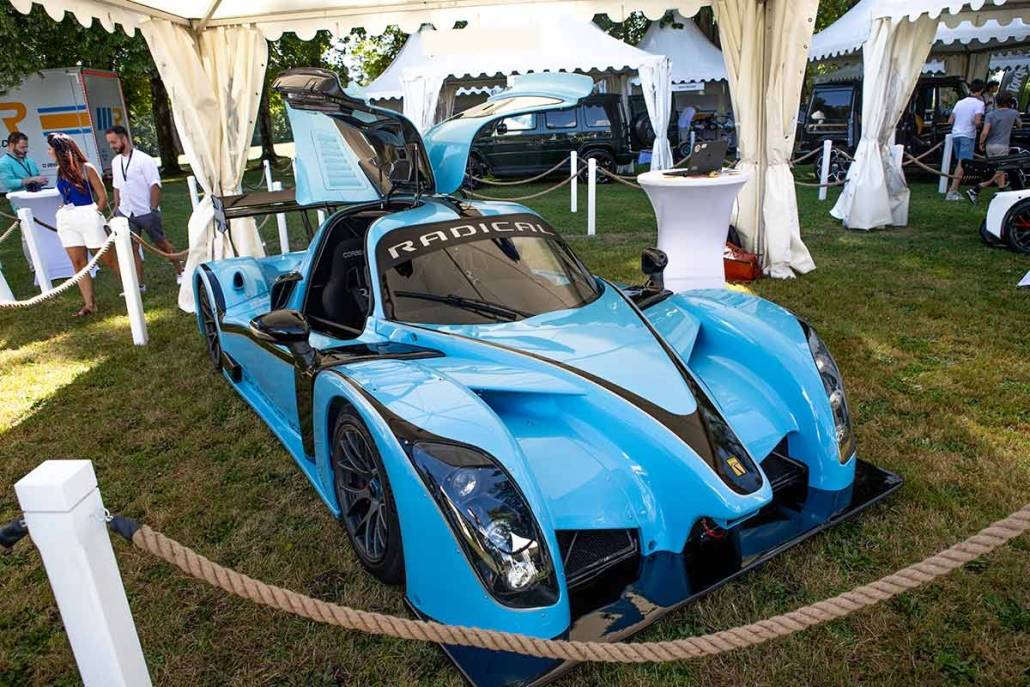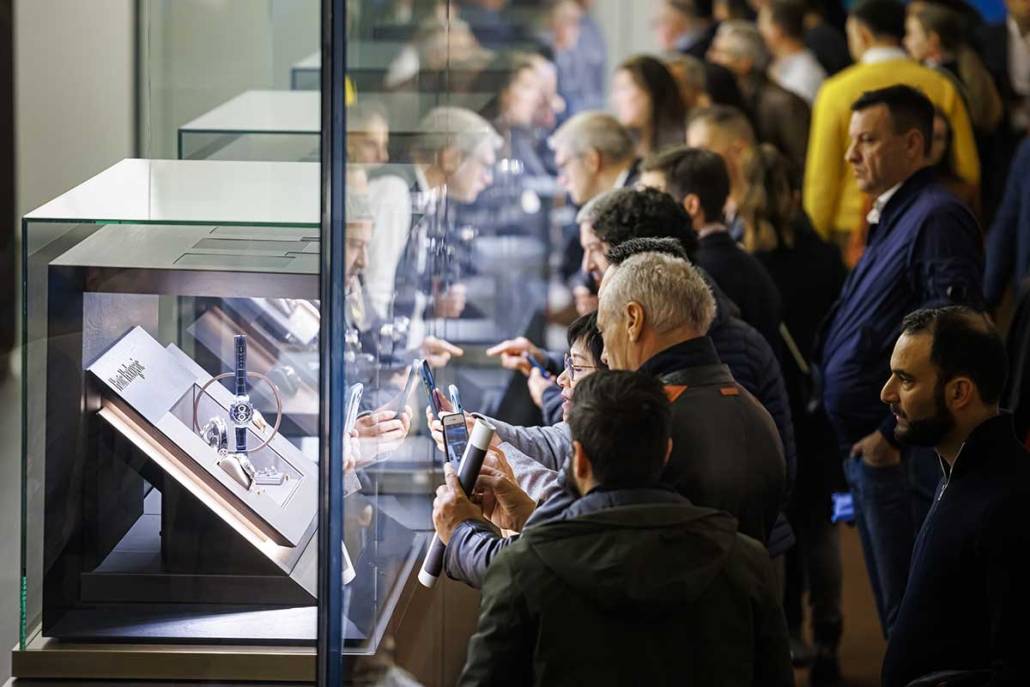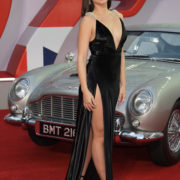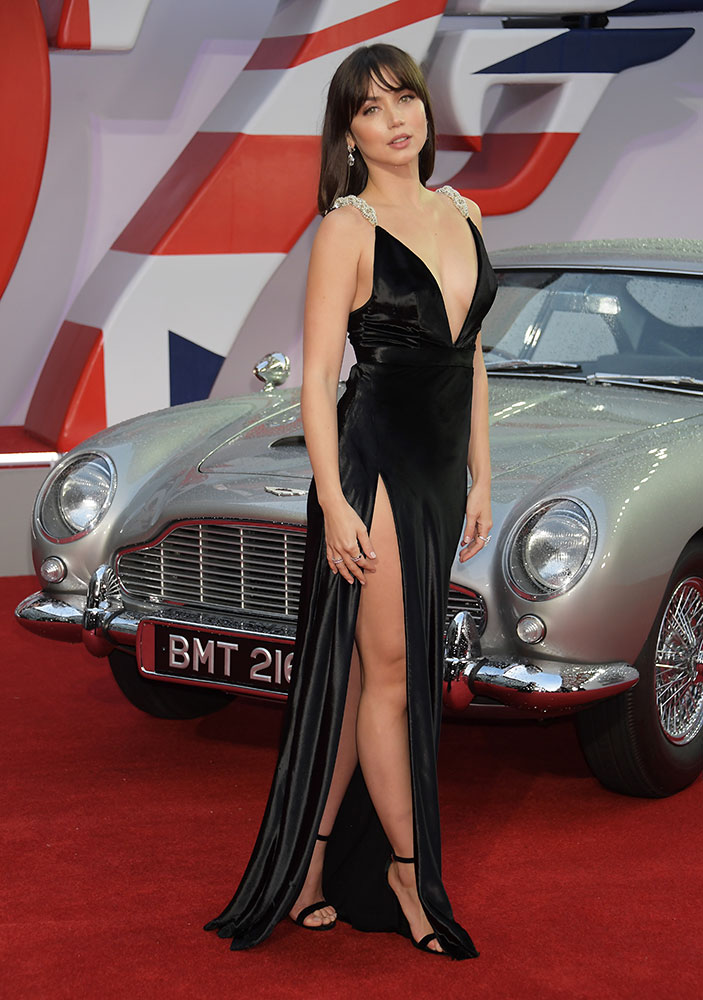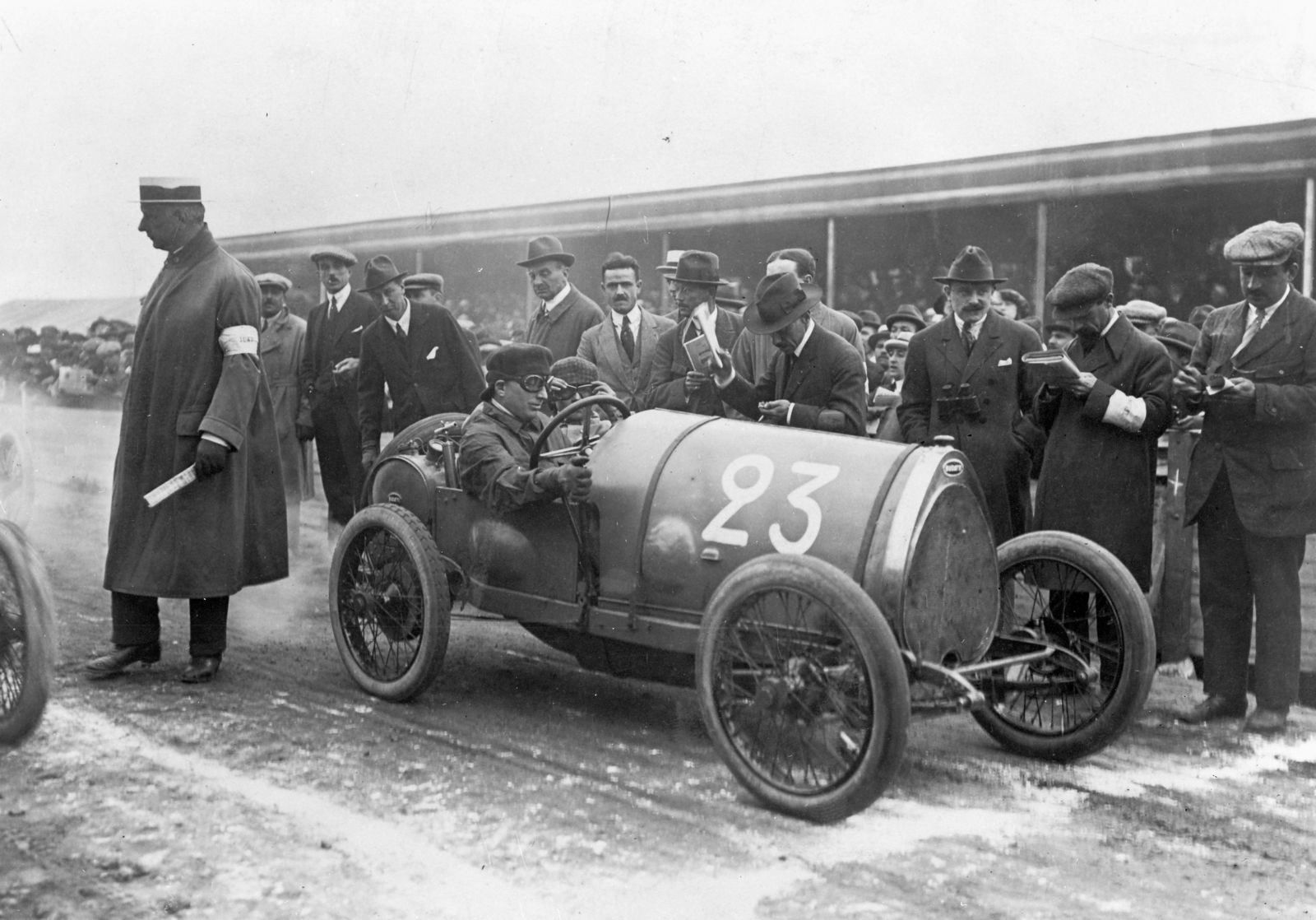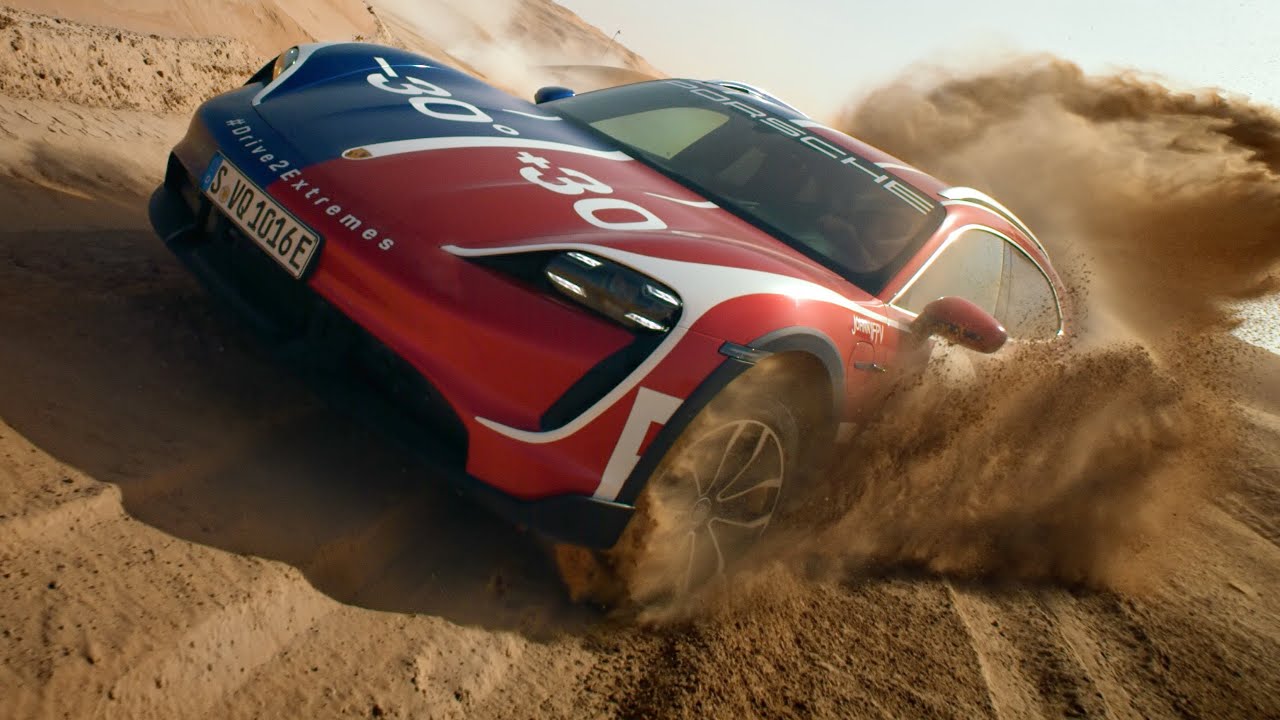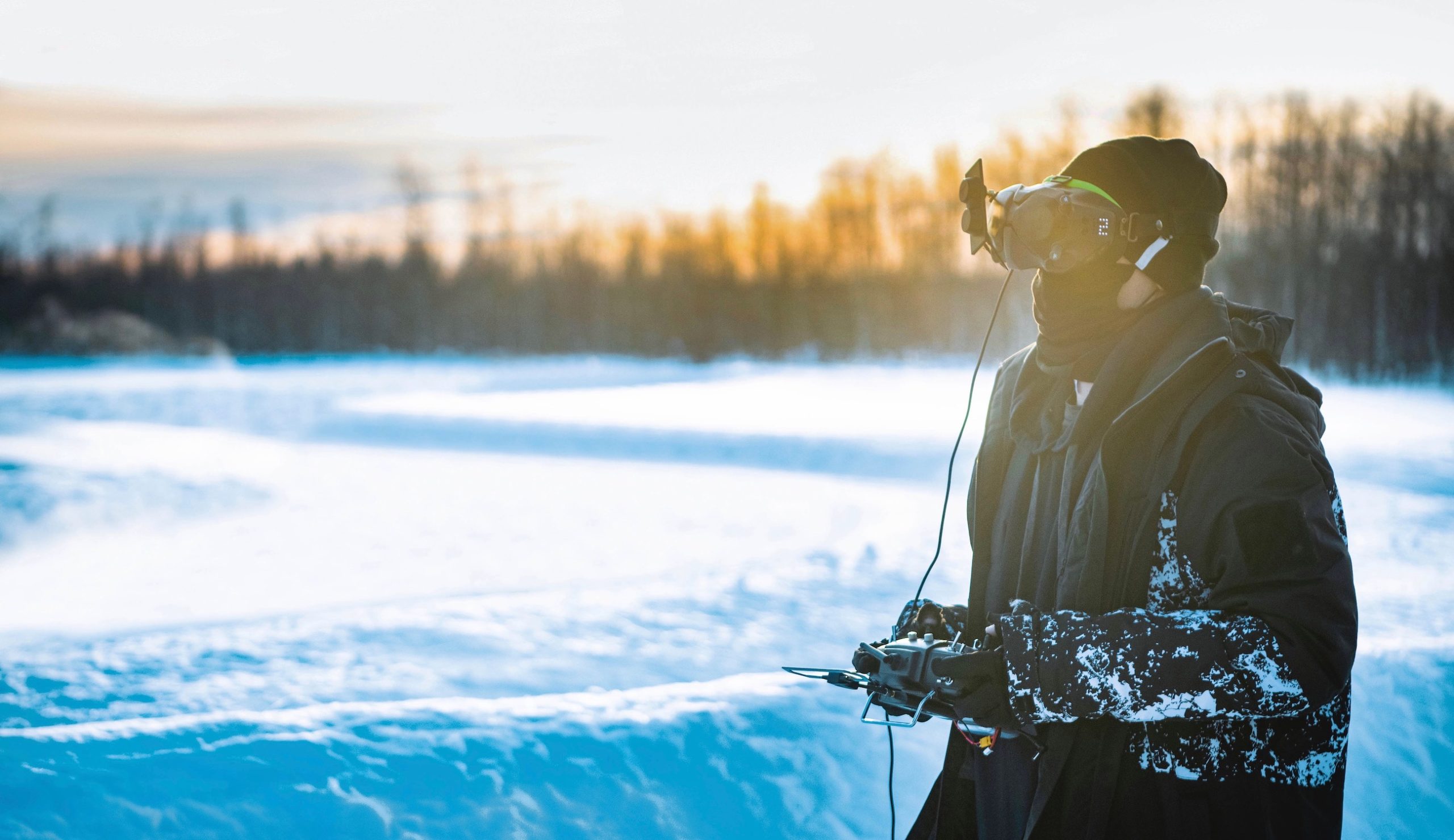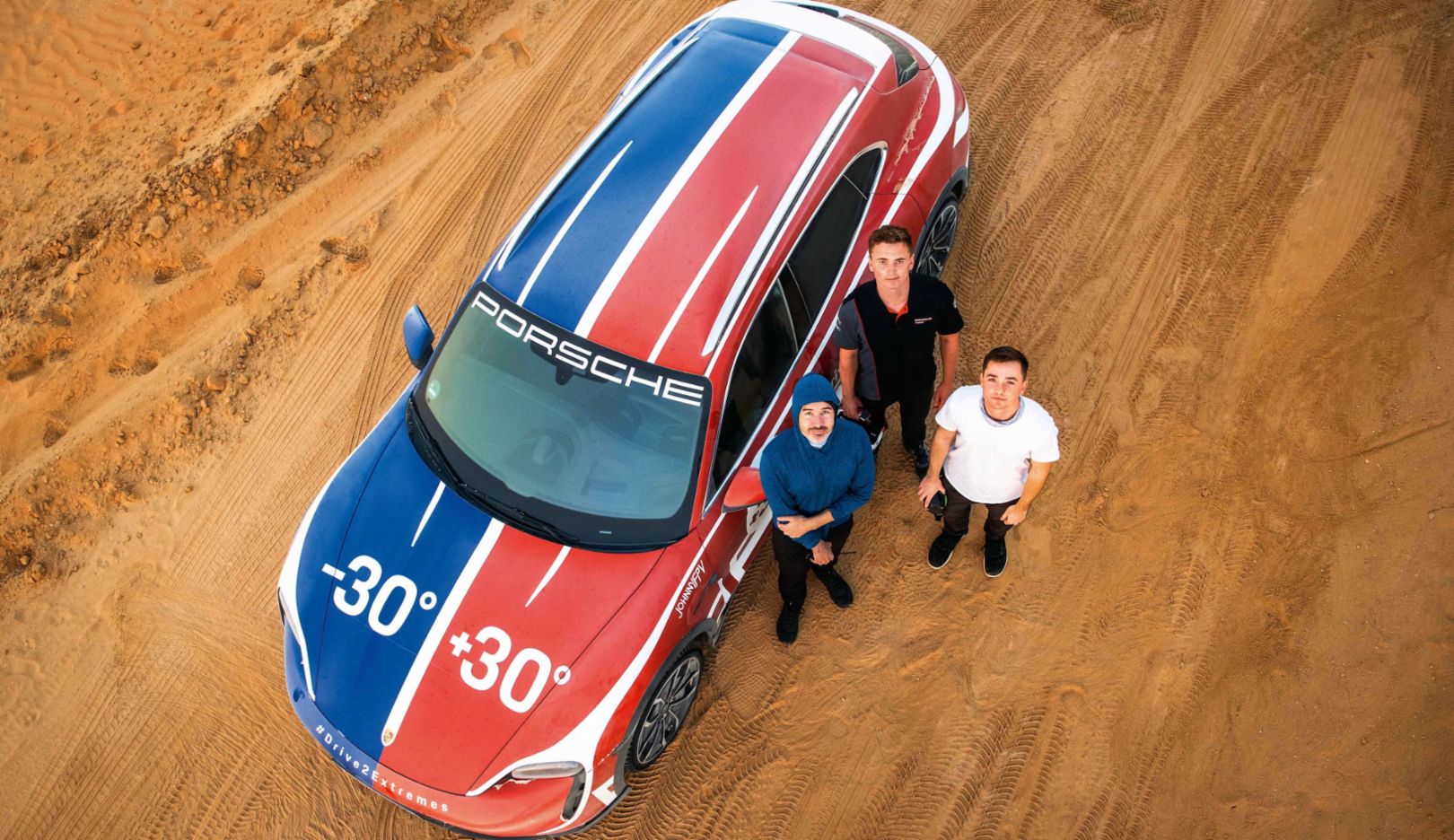Five Swiss Friends of the Brand & Ambassadors: Mujinga Kambundji, Corinne Suter, Andreas Caminada, Dario Cologna & Alan Roura are united for the first time to celebrate summer in Zurich.

For many years, Hublot has been celebrating summer at the most exclusive waterfront locations of the Mediterranean. This year, Lake Zurich will set the stage for an Hublot Loves Summer party bringing cocktails imagined by the Bar am Wasser mixologists, a private performance by Dora Live Band and an electrifying set by DJ Ilona. A perfect summer setting to celebrate the Big Bang Unico Sky Blue inspired by cloudless summer days, and endless nights.

What could unite Mujinga Kambundji, Corinne Suter, Andreas Caminada, Dario Cologna and Alan Roura?
Their passion for the Hublot brand, of course, but what else? This is the first time that the fiveFriendsof the Brandand Ambassadors o are brought together. While they quickly bonded around the table football tournament, demonstrating their competitive natures, determination and team spirit, the evening continued to highlight their common ground and shared values. When given the floor, they found they had a lot more in common than they could have ever imagined.

Moreover, we could not have imagined a Hublot event without some football, albeit on a table. A nod to the FIFA Women’s World CupTM, for which Hublot is Official Timekeeper, about to kick off on the 20th of July in Australia and New Zealand. At the end of the matches between clients, the three finalists competed against thethree ambassador teams (Corinne Suter & Ricardo Guadalupe / Alan Roura & Dario Cologna / Mujinga Kambundji & Andreas Caminada) to win the Hublot Loves Summer Party 2023 Cup.

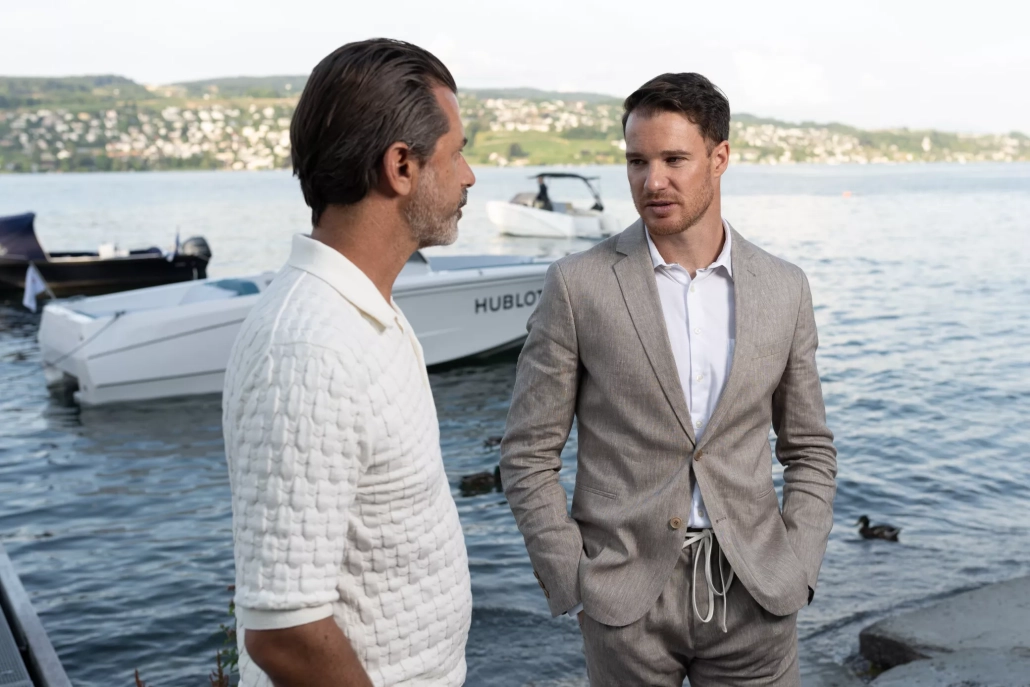
What makes them unique?
Alan Roura loves tacking on water and the open sea,
For Corinne Suter, it’s the high-performance slaloms she carves on the dizzyingly steep ski slopes,
Mujinga Kambundji is after the best line to shave off hundredths of seconds on the track,
While for Dario Cologna, it is finding balance and rhythm even after his retirement from the sport
For Andreas Caminada, it is accuracy, concentration and timing that he masters from his high gastronomy to his golf swing.
All five of them exude a quiet strength with a tinge of Swiss humility that takes nothing away from all the determination in their eyes and the dreams we share and experience as we watch their adventures, in their efforts to win stars, miles or medals.
All five work with time, for its speed, precision, performance and optimisation. Time permeates their training, their movements, their gestures. Their time is measured in hundredths of a second, and tonight our five champions will have shared 3,240,0000 (9 hours) of them with us.
While time sets the tempo for their lives, they also need to stop the clock ticking. Taking a rest is essential if they are to be on top form on the big day, to keep pace with the competitions, from race to race, dish to dish, from stars to globes, from medals to podiums.
Breaks are rare, and the one they have granted themselves today, with Hublot in Zurich, is devoted to a special celebration with their second family. It’s a unique opportunity to get to know each other better, share what inspires and motivates them, and swap experiences.
All 5 work alone, even though their job, their sport or their passion cannot be done without the support of a coach. Their principles and values that govern their jobs are very similar. What is certain, is that all five are driven by passion and determination.




